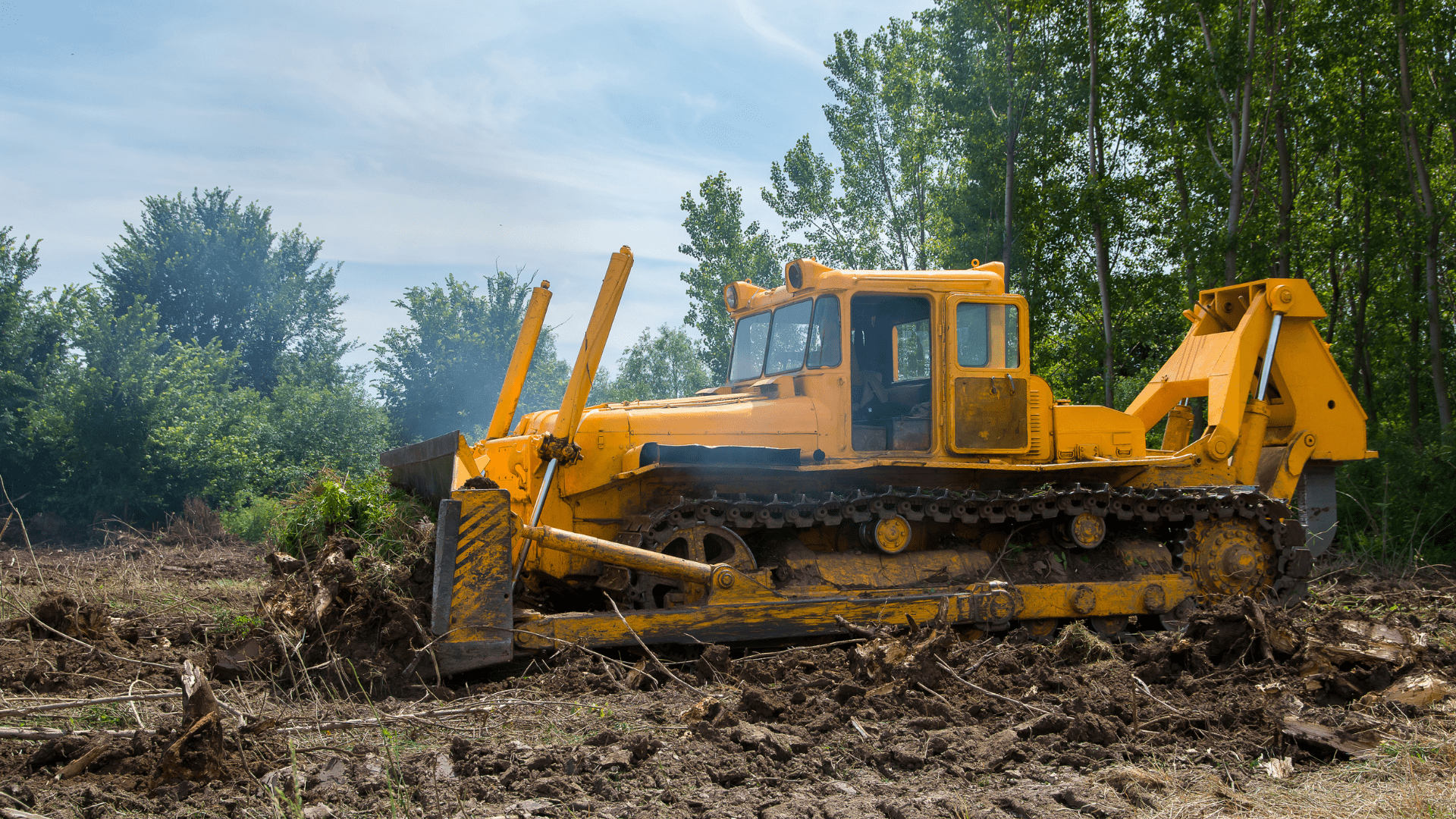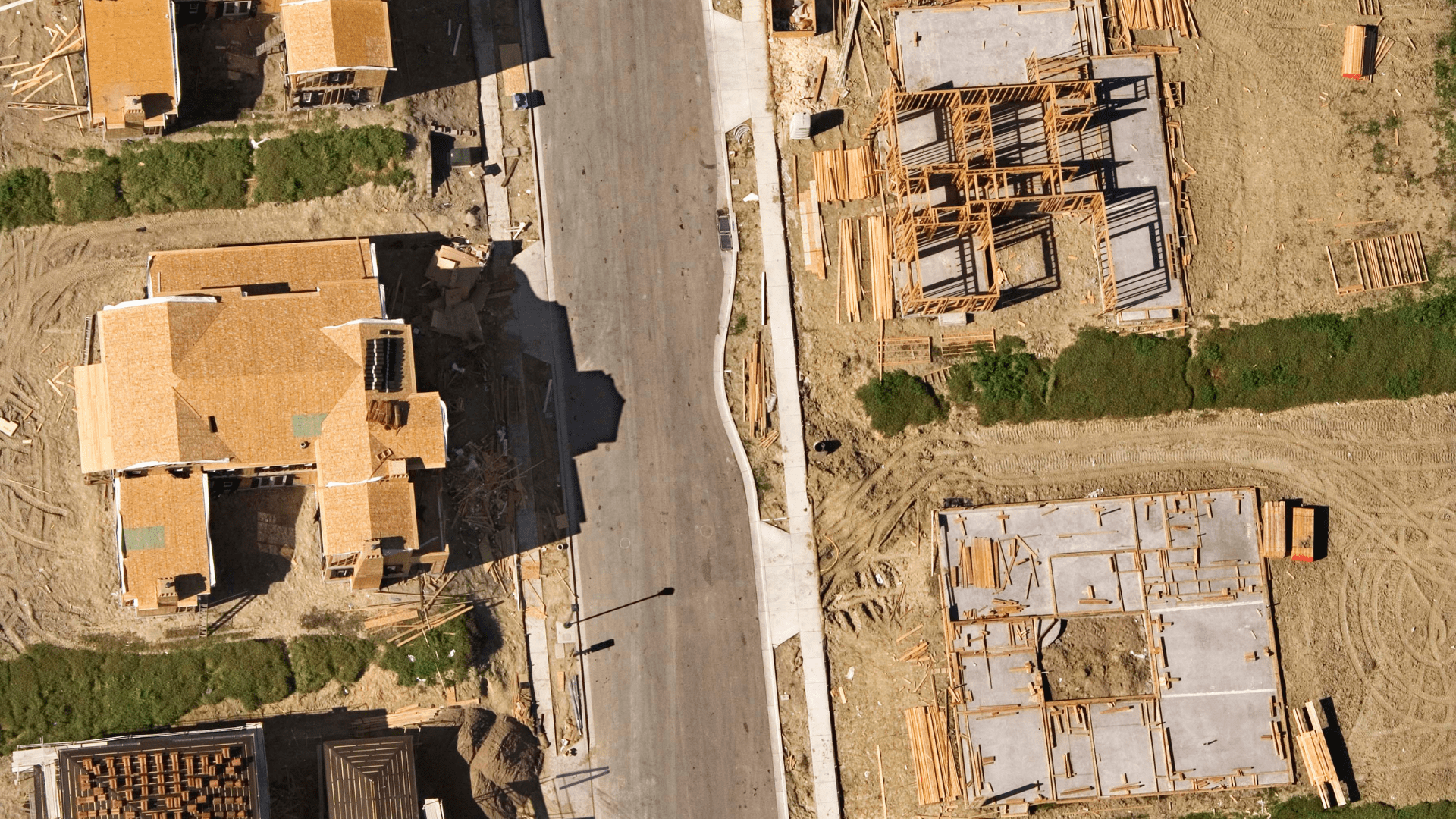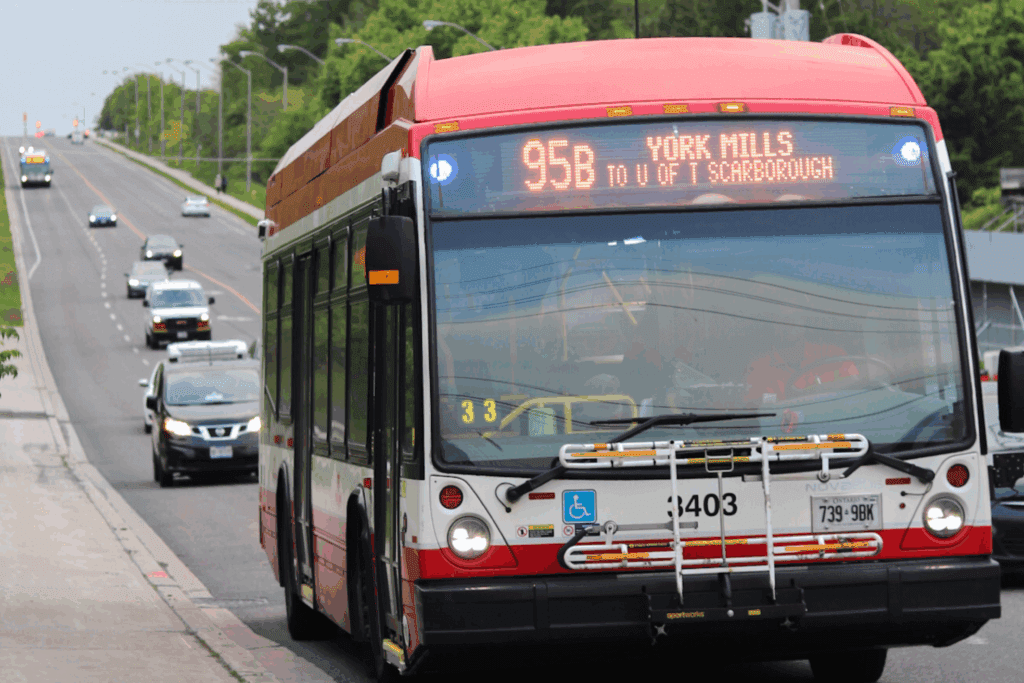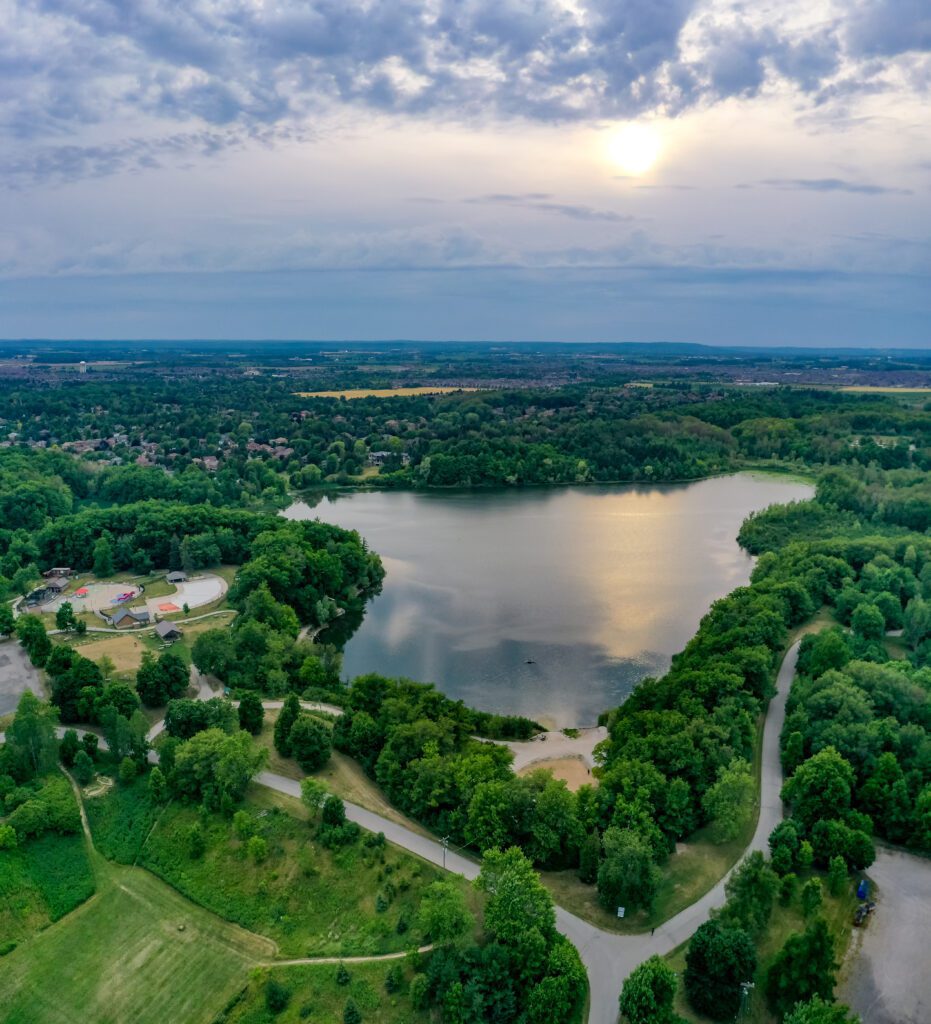Even before the present government took office, Ontario was acting far too gently and slowly to fix its sprawl-problem. The kind of new “single detached” houses being built were too large – twice the size of those built in the 1970s – and municipalities were still building new, low-density subdivisions while leaving existing neighbourhoods with densities too low to service efficiently or support amenities within walking distance. This wasteful way of building resulted in the loss of forests, wetlands and farmland in the most sensitive parts of the province and spiraling costs to provide new roads, sewers, water and other services. It also led to Ontario delivering fewer homes, overall, than Ontarians needed.

However, land-use planning was slowly improving. By 2018, new rules had finally been put in place that directed half of new construction to neighbourhoods with existing infrastructure, required more homes to be built per hectare of land developed, required new development plans to support public transportation, and ensured areas of forests and wetlands within new communities would be protected. These vital rules were contained in two documents that you’ve probably never heard of: the “Growth Plan for the Golden Horseshoe,” 2017 and the “Provincial Policy Statement.”
But the current Ontario government wants the province to take a huge step backwards and is now proposing to eliminate the Growth Plan and massively weaken the Provincial Policy Statement.
Their proposed changes include:
Reverting back to low-density sprawl
Eliminate the requirement that at least 50 residents be housed on each hectare of farmland and wildlife habitat converted to residential development. This change comes after the government had previously reduced the number of homes required from a previous 80 residents per hectare.
Encouraging development outside of existing cities and towns
Eliminate the requirement that regions like Peel, York, Halton and Waterloo, where housing shortages – and constraints on construction capacity – are most acute, to make use of their existing infrastructure and serviced land by upzoning them to accommodate at least 50 per cent of their planned new households. The current Ontario government had already reduced the requirement from 60 per cent, but is now proposing to remove it entirely.
Discouraging redevelopment inside cities
Eliminate the Provincial Policy Statement requirement that municipalities seize all opportunities for efficient infill development and improve the efficiency of existing development plans before choosing to expand urban boundaries into farms and forests.
Removing requirements for urban boundary expansion approvals
Allow land speculators to ask municipalities to approve inefficient, piecemeal boundary expansions rather than requiring that they be coordinated as part of periodic reviews. Land speculators would no longer need to provide evidence that a sufficient number of people will be moving to the city or town to buy the homes.
Building subdivisions in the middle of farm country
Remove current rules that prohibit new settlements from popping up in the middle of farm country, where services like water, sewers, schools and shopping would need to be built. This would lead to higher taxes for people in these areas and fragmentation of farm communities in a time of growing climate-linked food insecurity.
Removing protection for cultural and archaeological values
Alter the Natural Heritage Policies so that areas that have been determined to have cultural heritage value will no longer be considered when determining if areas should be protected from development.
Together, these changes would lead to inefficient building practices and expensive sprawl.

Unfortunately, the Ontario government has been choosing to squander what remains of Ontario’s quality farmland and rare southern forests and wetlands to enrich well-connected land speculators. These proposed changes make it clearer than ever that the government is also willing to sacrifice progress on ending the housing supply and affordability crisis. We know that unless we use land and our finite labour and equipment resources much more efficiently, we will not be able to build the 1.5 million homes we need in the next decade.
There is still time to demand a course reversal on this misguided scheme. Unlike recent attacks on the Greenbelt, wetlands and conservation authorities, which were rushed through the legislature at very short notice, the government says it will be accepting comments on this planned dismantling of land efficiency measures until August 4th of this year.










